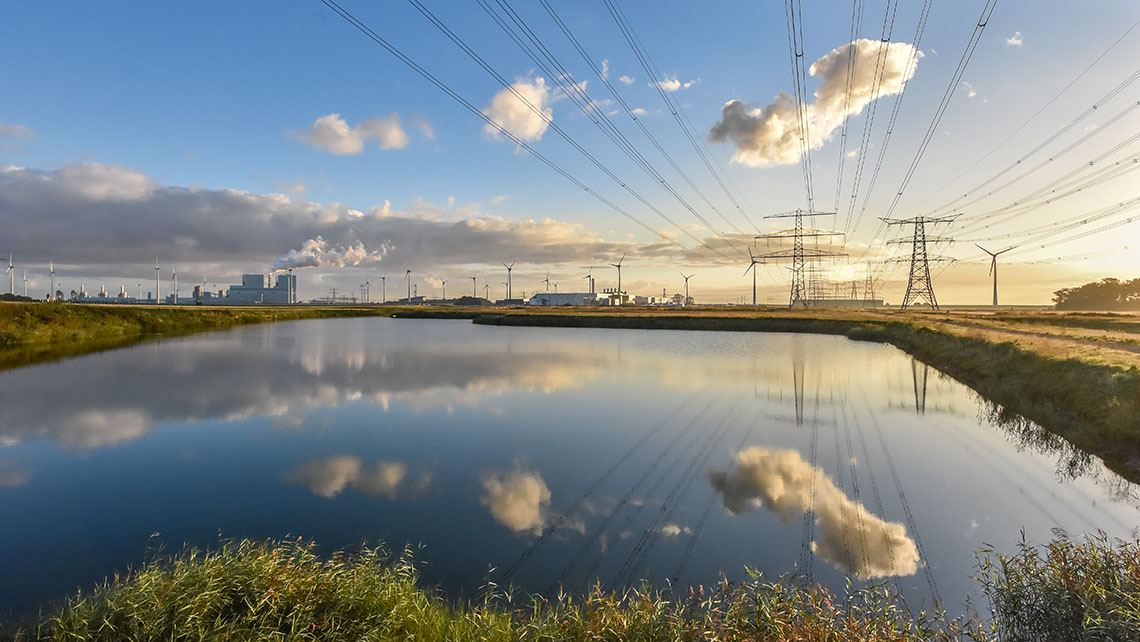Today, municipal wastewater utilities need a 360-degree approach to sustainability. Plant managers often weigh several demands: phosphorous, nitrogen and BOD removal, energy efficiency, budget constraints and more. Looking at these issues together (instead of independently) leads to one conclusion: one size fits all is simply not the case when it comes to wastewater treatment.
WWTPs that combine biological and chemical treatment often have better overall sustainability profiles.
Studying the carbon footprint of WWTP configurations
Bengt Hansen, Manager, Application Development in water treatment at Kemira, has been witness to the evolution of environmentalism in the wastewater industry for three decades. He believes that, for many years now, there’s been a common misconception among WWTP operators (and sometimes city leaders) that biological solutions are the only planet-friendly choice. In fact, WWTPs that combine biological and chemical treatment often have better overall sustainability profiles, especially when reinforced by advanced digital solutions.
Seeking to help people understand the true environmental impact of wastewater treatment, INCOPA, the European Inorganic Coagulants Producers Association, invited IVL, an independent research firm, to prepare a life cycle assessment (LCA). The idea was to shed light on which wastewater treatment processes yield the most sustainable results.
The LCA evaluated three different configurations under controlled conditions:
- Chemical phosphorus removal, pre-precipitation
- Chemical phosphorus removal, simultaneous precipitation
- Biological phosphorous removal
IVL used digital twins to ensure that all incoming water quality and treatment results were the same. They also included biogas production and sludge management in the study. The winner? It was a combination of chemical and biological treatment.
“Sometimes utilities choose biological treatments because they have concerns about the energy consumption and environmental impact of chemistry, especially chemical production and transportation. But now that people are looking at LCAs and thinking more broadly about sustainability, it’s become clear that a combined approach is often better.”

Bengt Hansen, Manager, Application Development in water treatment at Kemira
Engineering for energy balance
Bengt offers some very practical advice for the many WWTPs that want to improve their energy efficiency by 2030. “Inventory your energy consumption for each operation unit, then start optimizing the most energy demanding ones. Don´t forget about the energy hidden in the wastewater itself. Trying to utilize this hidden potential might be the quickest way to improve the energy balance. Then look into each treatment stage for optimization,” he says.
He points to a case in Joensuu, Finland, where the local WWTP optimized their chemical pre-treatment. An advanced wastewater treatment solution, KemConnect™ PT, stabilized the process in Joensuu, which reduced energy use and chemical consumption, while significantly increasing biogas output.
WWTPs can also consider reducing the greenhouse gas emissions from their nitrogen removal process. “Many wastewater treatment facilities use bacteria to remove nitrogen. The bacteria release laughing gas (Nitrous oxide, or chemically N2O) which has a very high global warming potential. One kilogram of N2O released into the atmosphere is equal to nearly 300 kilos of carbon dioxide,” Bengt explains.
There are other sources of untapped energy that can improve the overall energy balance of a plant. For example, WWTPs can harness heat energy from the wastewater itself and produce biogas from sludge. One advantage of generating more biogas is that WWTPs can replace natural gas, which can reduce global warming potential significantly.
“I think water utilities will be pleasantly surprised by the short timelines and modest investment it takes to add chemical treatment to a biological treatment plant.”
Bengt Hansen
Manager, Application Development
Pursuing a combined configuration
Given the results of IVL’s LCA study, as well as the clear potential for chemistry to optimize various steps in the wastewater treatment process, municipal WWTPs that want to meet their sustainability targets should consider combined biological and chemical treatment. Bengt adds one final thought, “I think water utilities will be pleasantly surprised by the short timelines and modest investment it takes to add chemical treatment to a biological treatment plant.”
To learn more about the study conducted by IVL, watch our on-demand webinar “Carbon footprint of different wastewater treatment plant configurations”.
